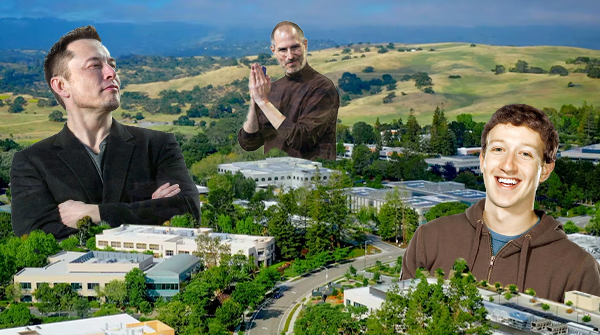Get the latest tech news
The Valley of My Dreams: Why Silicon Valley Left Boston's Route 128 in the Dust (2009)
No one disputes that Silicon Valley is the global capital of the tech world. But this wasn't always so. It is the Valley's dynamism and networks which have given it an unassailable advantage. Silicon Valley has simply left rivals like Boston's Route 128 in the dust. I mentioned a little bit about my first Columbus Day in California in a previous column. But I didn’t tell you the whole story. I was invited to three amazing events on the night of October 12. Venture capital firm Alsop-Louie—known as one of the wackier and unconventional VC firms—invited me to their legendary Columbus Day party. On that same evening I had an invite from Henry Chesbrough, Executive Director of the Center for Open Innovation at the University of California-Berkeley to attend a dinner party for his forum. Down in Silicon Valley I also had an invite to speak at an event with India's former Minister of Disinvestment, Arun Shorie—the guy who was once in charge of privatizing the country's moribund nationalized firms and who is as close as you can get to financial royalty in India. It was a really hard decision which one to pick. And I found myself wondering, where else in the world would I have to face such a decision? The answer is nowhere. Silicon Valley, which has expanded to embrace the entire Bay Area as an engine of entrepreneurship and innovation, is a unique place of powerful and concurrent overlapping networks. As a new arrival to Silicon Valley and San Francisco, I had read about this and did believe it. But it was hard to understand to what degree these types of concentric circles of connections were pervasive in the Valley. I am now studying how some of these networks develop and their influence on success rates in entrepreneurship.
I’m surprised because it wasn’t so long ago that Silicon Valley was considered a poor cousin of Boston’s tech center—a cluster of technology companies located along this freeway which partially rings the city. In the 1980’s the Silicon Valley and Route 128 looked very similar—a mix of large and small tech firms, world class universities, venture capital, and military funding. By the mid-1990s the east had missed the shift from minicomputers to personal computers as the flexible Silicon Valley ecosystem sped ahead with innovation across a diversifying range of components and systems going from chips, routers, and application software to ecommerce and search engines.
Or read this on Hacker News

